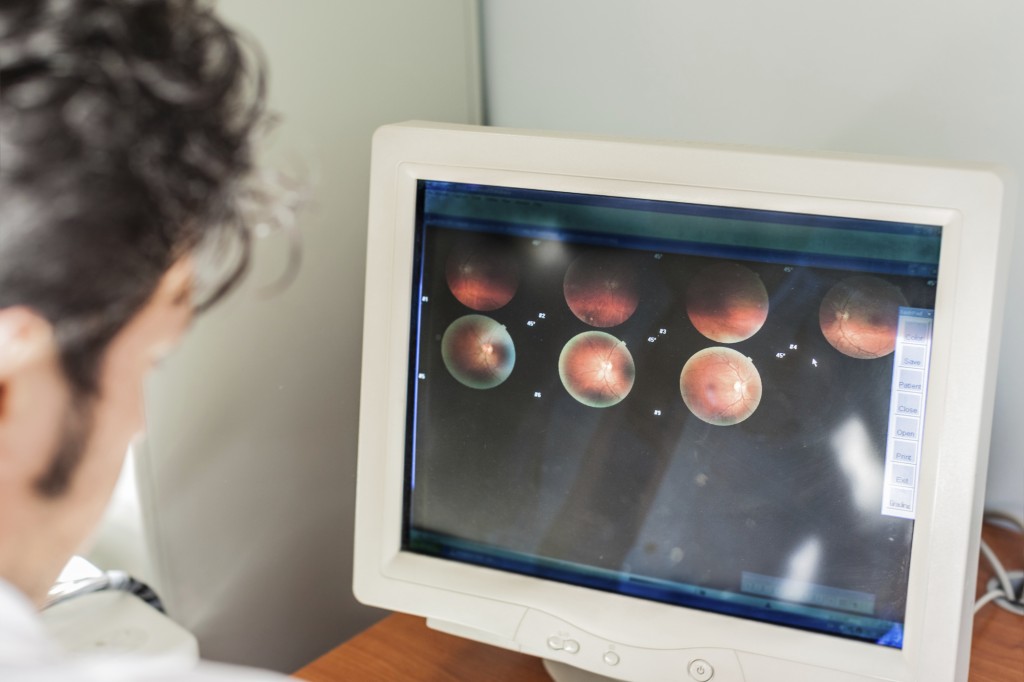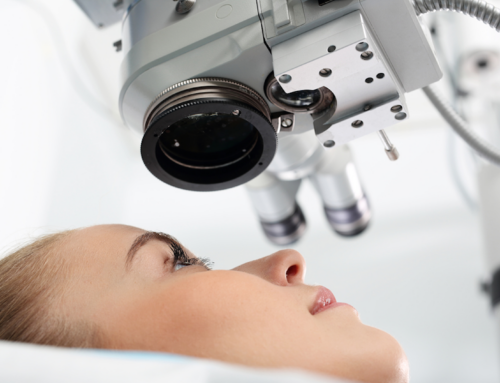Like most progressive diseases, macular degeneration or age related macular degeneration (AMD) also has a few stages. The condition almost always starts out as dry macular degeneration before it progresses on to become wet macular degeneration (or the advanced form). The majority of AMD patients have the dry form of the condition. It must be understood that the progression of the condition differs for each eye and for each person.
Early AMD
The first stage of dry macular degeneration often displays no signs. Vision remains perfect at this stage. However, a doctor may discover the condition during a retinal exam by confirming the presence of drusen in the retina. While the presence of drusen does not always confirm early AMD, the number and size of drusen will have to be monitored to see whether the condition develops any further. At this stage, there is plenty to be done to control the condition as the disease can be prevented or controlled with proper retinal care and good lifestyle choices.
Intermediate AMD
At this stage of AMD, some symptoms may be evident. Feeling the need for more light when reading, a blurred spot in the middle of the vision and more drusen in larger sizes in the retina are common symptoms. Larger sized drusen indicate a much higher risk of the condition developing into wet macular degeneration. The larger drusen will also prevent essential nutrients from reaching the macula and promote the accumulation of more waste. This will in turn, lead to the retinal pigment epithelial cells to die.
Advanced AMD
This stage of AMD will cause the light sensitive cells to break down along with the supporting tissue located in the center of the retina. At this stage, fragile and abnormal blood vessels will also start forming under the retina. The patient will experience more difficulties in tasks such as writing and reading as the blurred spot in the center of the vision may appear darker and bigger.
End Stage Macular Degeneration
This is the final stage of AMD and cannot be treated by surgery or injections to the eye. However, there is a possibility that retinal implants may help to redirect vision to a healthy area on the retina and to magnify the patient’s vision.
 New Address:
New Address:




